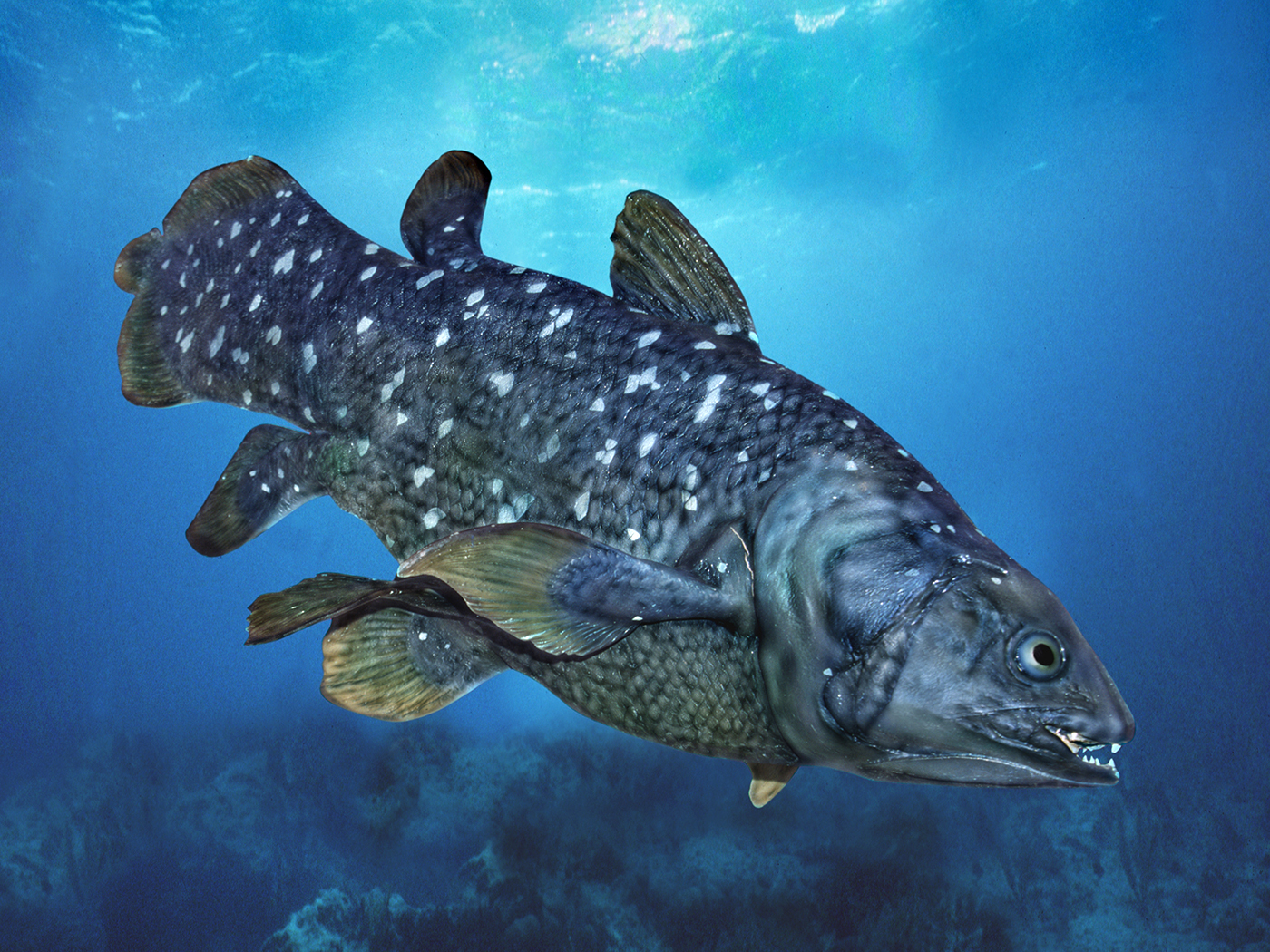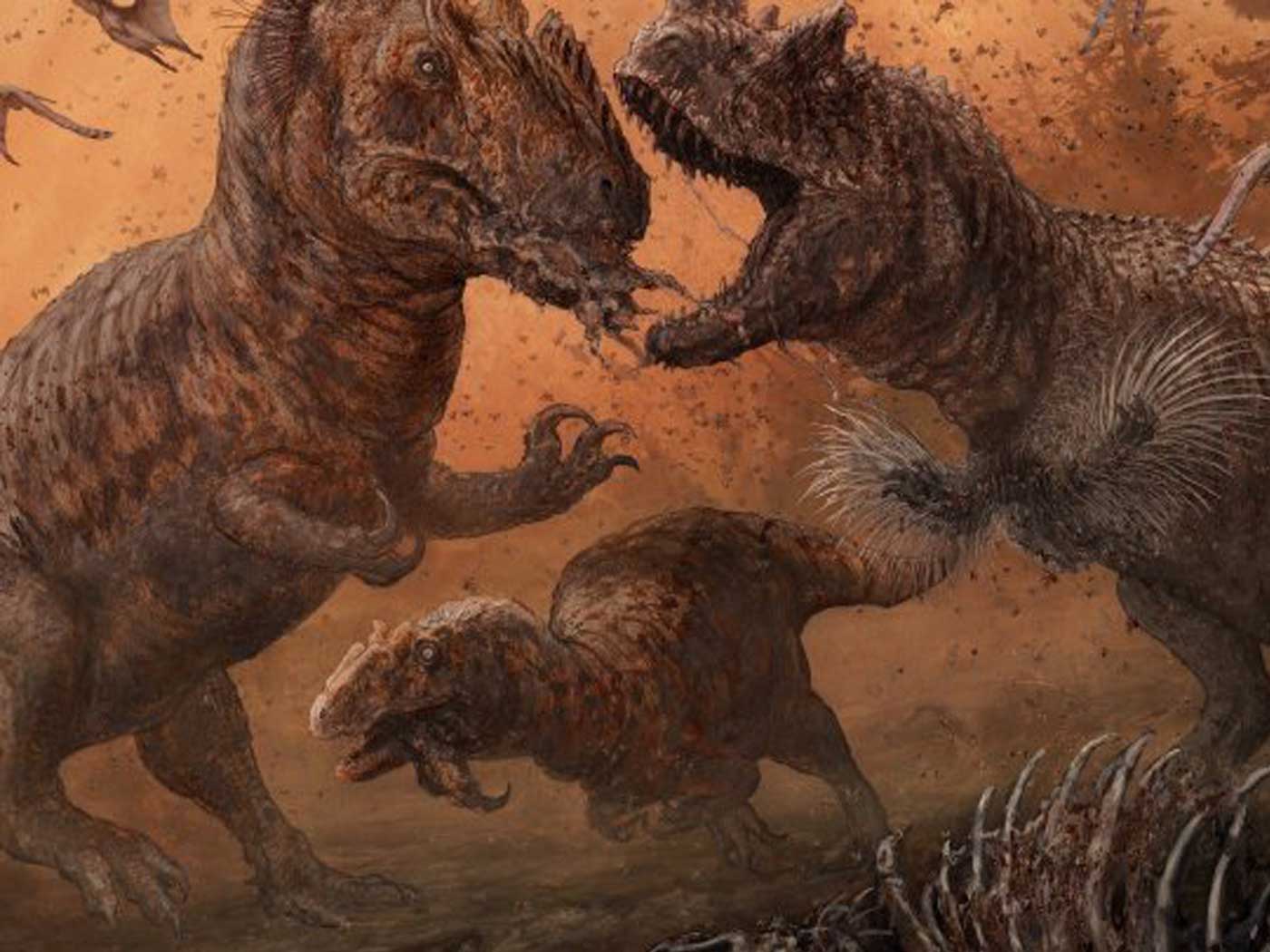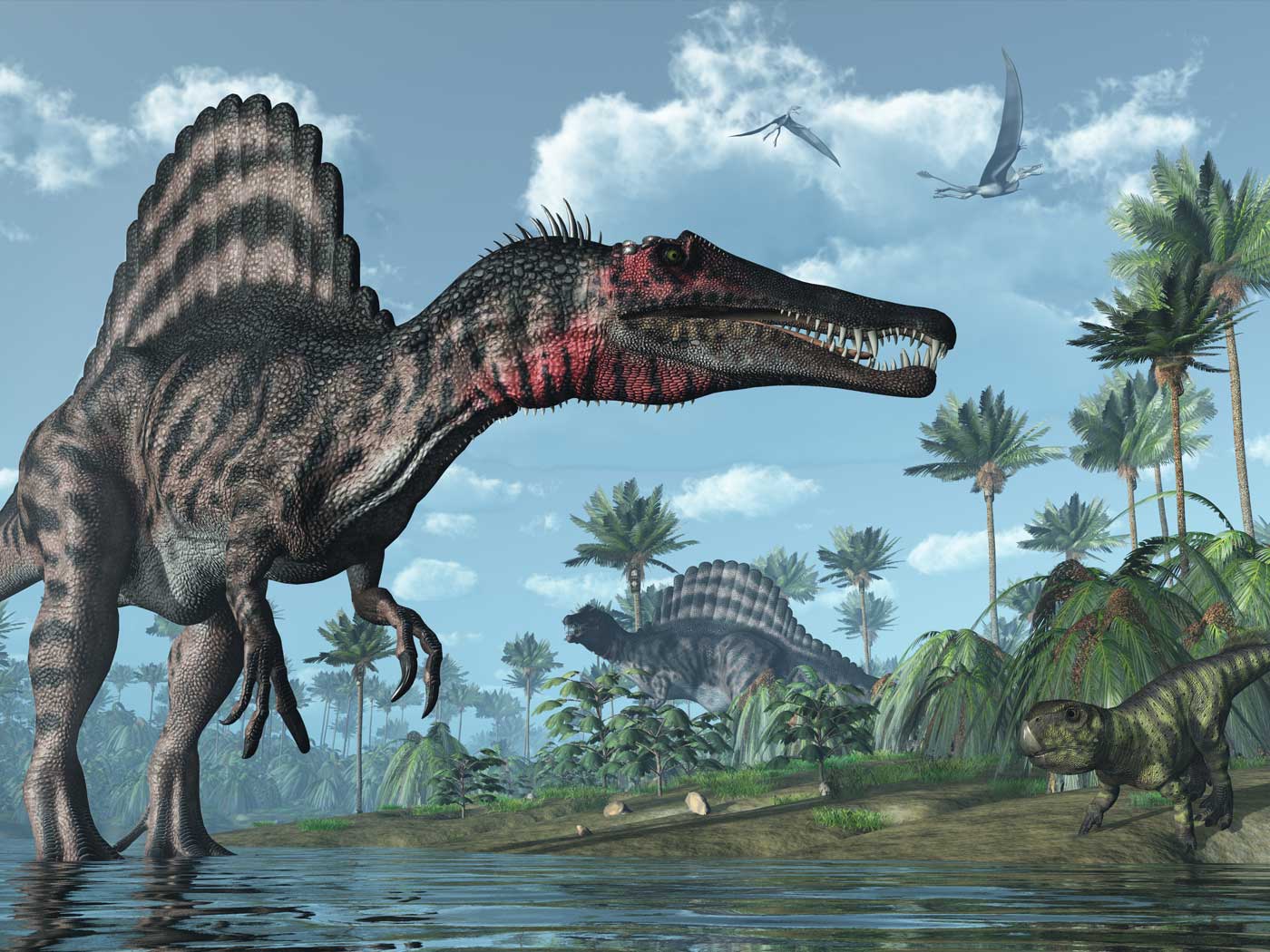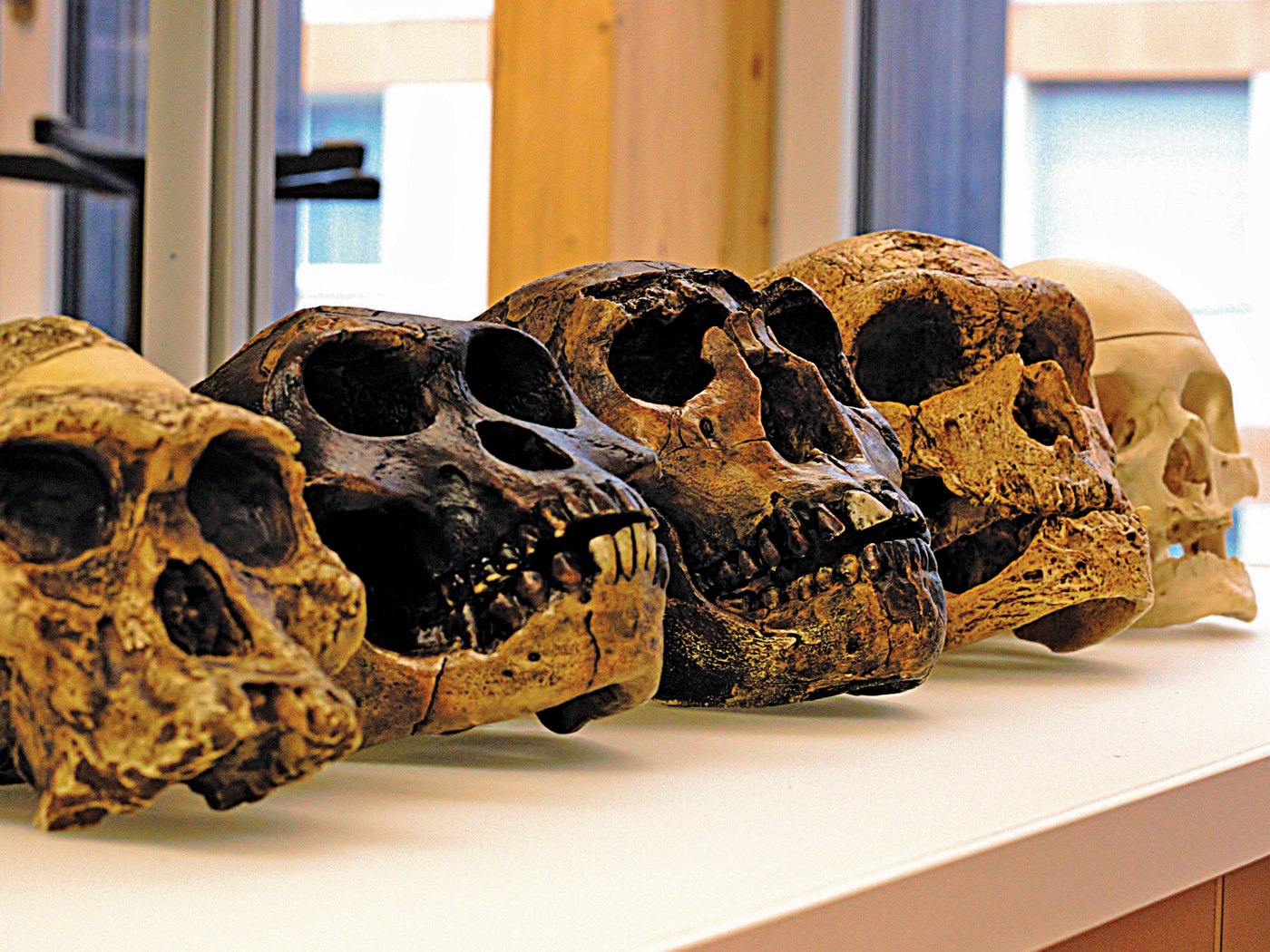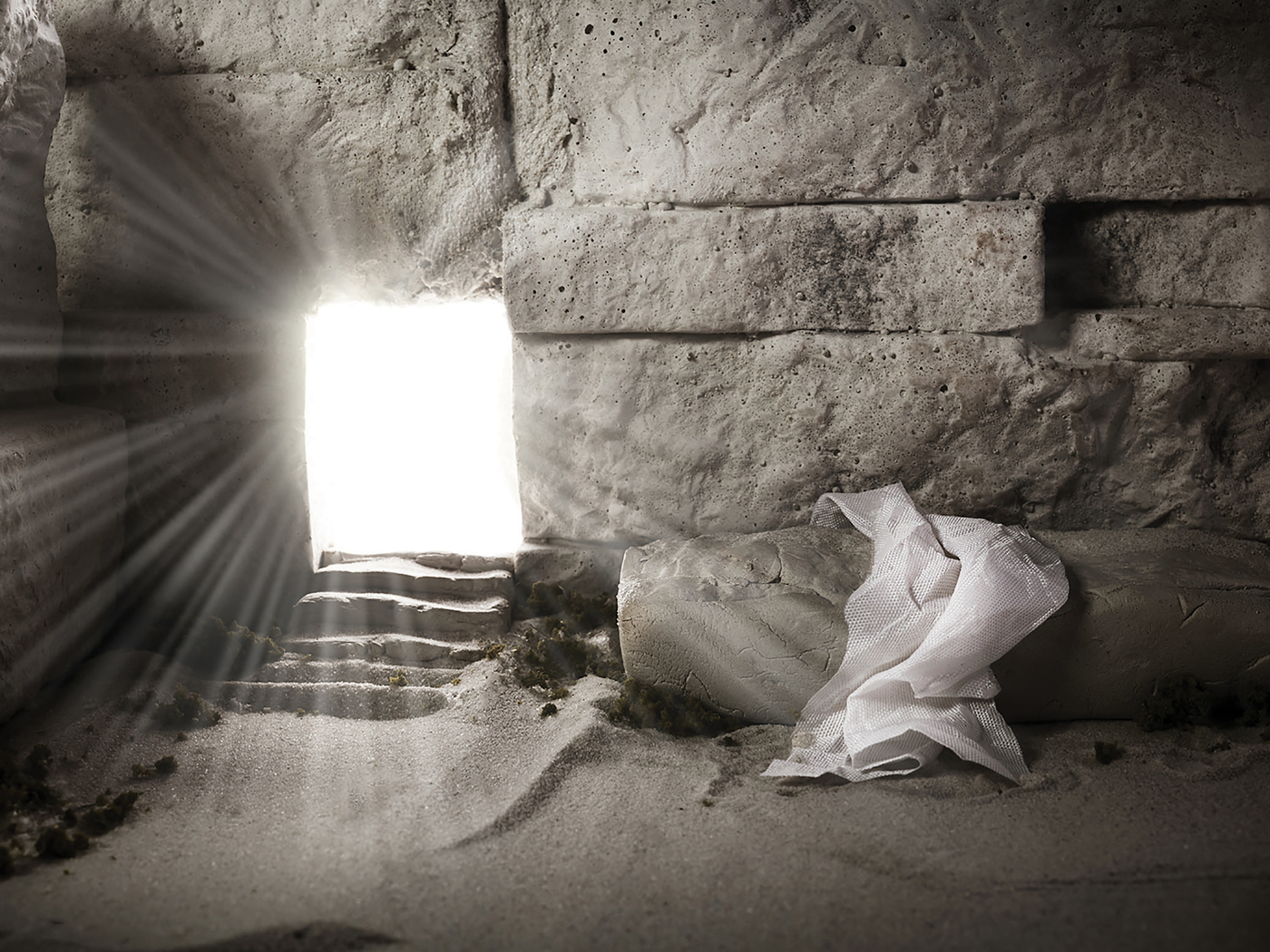In the original creation the earth was deemed “very good” (Genesis 1:31). Soon Adam and Eve rejected God’s authority and incurred the great curse of Genesis 3:14–19, which affected all of creation (Romans 8:20–22). This led to the great Flood of Noah’s day which fully altered all aspects of Earth’s once “very good” status.
While the Bible doesn’t give us all the details, we get the impression that before the curse there were no storms, no earthquakes, no landslides, etc. Even after the curse, but before the Flood, these would have been minimal. However, during the Flood the earth “broke” and geologic processes happened rapidly. Indeed, the entire surface of the earth was restructured by the waters of that great Flood.
Today we live once again in a world of relative equilibrium. We now experience earthquakes, hurricanes, tidal waves, and volcanoes, but to a much lesser degree than occurred during the Flood. Those early centuries after the Flood thankfully saw the devastation taper off but I suspect it took several hundred years for the earth to regain the relative equilibrium that we enjoy.
Today our weather patterns are influenced by the jet streams, huge currents of air at high altitudes. These probably took quite some time to be reestablished. Weather patterns are likewise controlled by ocean temperatures, the warmer the oceans the more evaporation, and the more precipitation. Creationists suspect that the “Ice Age” was a direct result of the great Flood due primarily to the heating of the oceans by the fountains of the great deep, which erupted during the Flood. Modern speculation that global warming will cause an Ice Age (although largely misguided) mirrors this creationist theory. Such dynamic weather patterns would have continued until the oceans gave up their excess heat.
We also see in the centuries following the Flood that volcanism occurred on a scale dwarfing anything that we see today. Consider that as the Flood ended, the continents were rising and spreading, and the ocean basins sinking, giving rise to immense fractures in the earth’s crust. Volcanic aerosols in the atmosphere would have contributed to the Ice Age, shielding the earth from much of the solar radiation that we now receive, thereby cooling the continents and allowing snow to build up into great ice sheets.
As the continents rose and split, mountain chains buckled up, further influencing our weather patterns. No doubt the weather was quite violent and unpredictable for several hundred years until things stabilized, and earthquakes were a common occurrence. There may have been a reason that the early peoples lived in tents and not buildings.
Creationists have come to call this post-Flood period one of “residual catastrophism” which would have continued through the time of the Tower of Babel and into Abraham’s day. Today we live in a relatively stable world, but still a world reeling from the effects of the great Flood. Thankfully one day there will be a new heaven and a new earth where catastrophes will not even be remembered.
Cite this article: Morris, J. 2004. How Soon After the Flood Did the Earth Return to Equilibrium? Acts & Facts. 33 (10).





